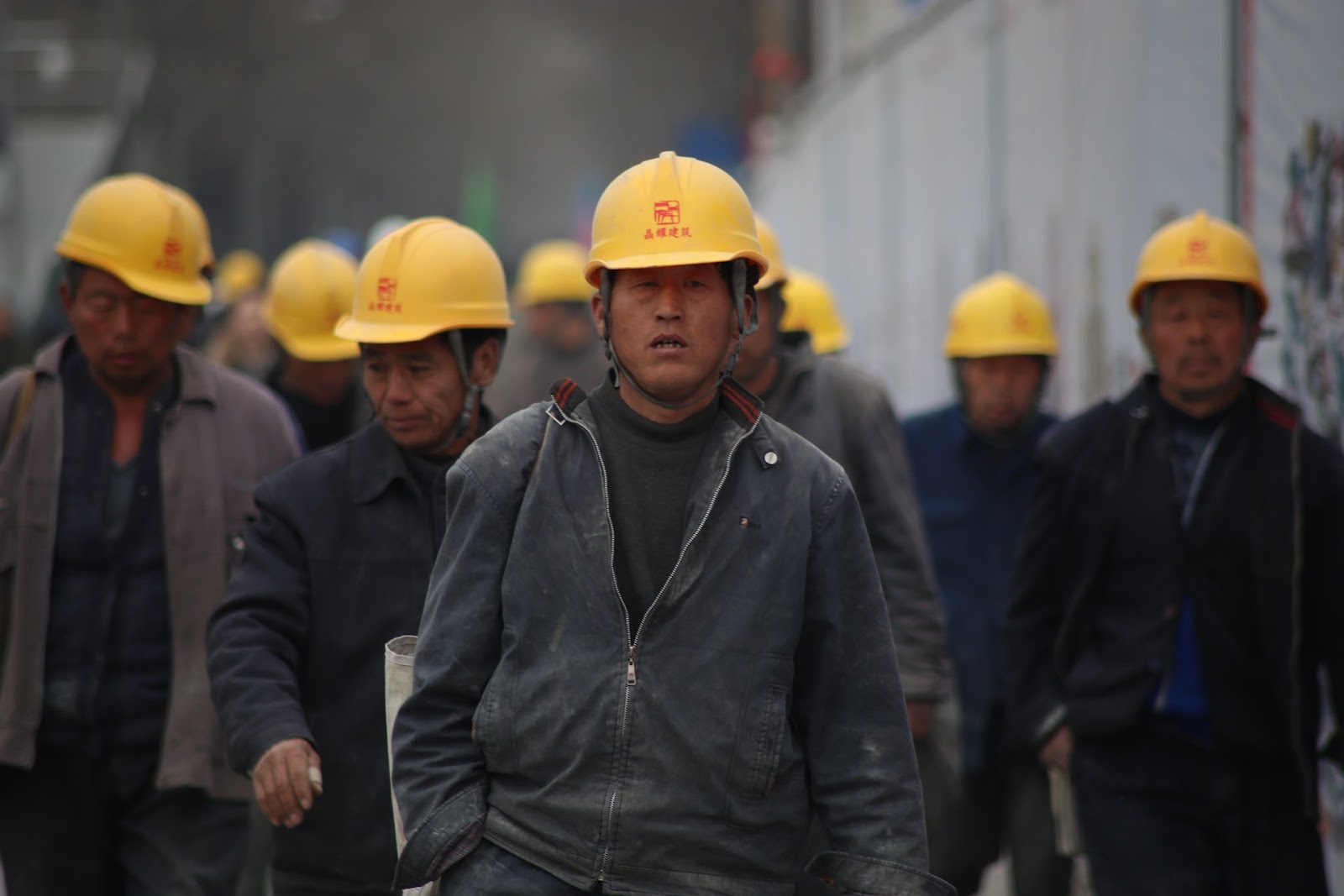Education is a cornerstone of society, and different countries have adopted unique approaches to nurture young minds. In this blog post, we will compare the Chinese and Kenyan education systems, shedding light on their distinctive features. Additionally, we'll delve into the empowering Chinese education that allows young students to create and repair simple machines, showcasing the innovative spirit that fosters critical thinking and hands-on learning.
1. Chinese Education: Emphasis on Rote Learning and Discipline
The Chinese education system has a reputation for its rigorous structure and emphasis on discipline and rote learning. Students often follow a standardized curriculum, and examinations play a significant role in assessing their progress. While this system may instill discipline and thorough memorization, it may be criticized for stifling creativity and limiting critical thinking.
2. Kenyan Education: Embracing Diverse Learning Approaches
Kenya's education system has evolved over the years to embrace more diverse learning approaches. A combination of theoretical knowledge and practical skills is emphasized, empowering students to explore their interests and apply their learning in real-world contexts. The focus on hands-on learning allows for a more holistic approach to education, nurturing well-rounded individuals.
3. The Chinese Way: Empowering Young Minds
In recent years, China has been fostering innovation and creativity in education. Some schools have adopted a more dynamic approach, integrating experiential learning and project-based activities. Young students are encouraged to explore their interests and apply their knowledge practically.
4. Empowering Young Minds: Creating and Repairing Simple Machines
In China, some young students have demonstrated impressive creativity by making and repairing simple machines. They are provided with opportunities to experiment, explore, and apply theoretical knowledge in practical projects. This hands-on approach not only enhances problem-solving skills but also boosts students' confidence and passion for learning.
Conclusion:
Both Chinese and Kenyan education systems have their strengths and weaknesses, with each country focusing on specific aspects of learning. The Chinese way of fostering innovation and empowering young students to create and repair simple machines showcases the potential for transformative education. Similarly, Kenya's embrace of diverse learning approaches encourages students to explore their passions and apply their knowledge to real-life situations.
Ultimately, education is a continuous journey of improvement, and understanding the strengths of different systems can inspire positive changes. By incorporating innovative approaches and hands-on learning, both China and Kenya can create an enriched education environment that prepares young minds for a rapidly evolving world. The key lies in striking a balance between theoretical knowledge and practical application, allowing students to flourish as imaginative thinkers, problem solvers, and future leaders.




FOLLOW US